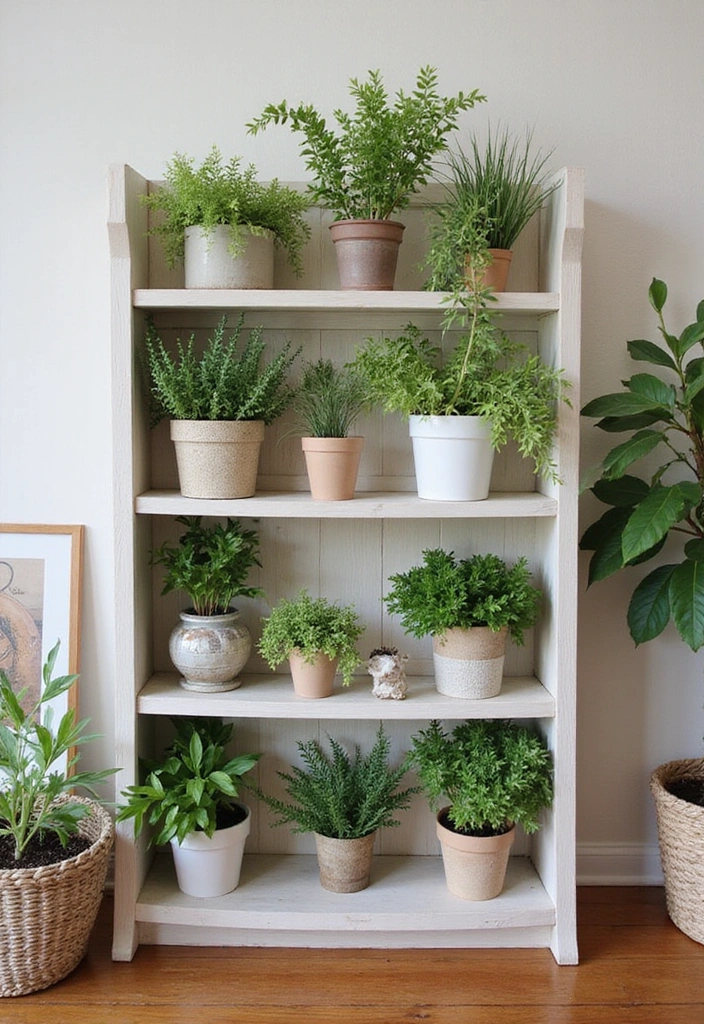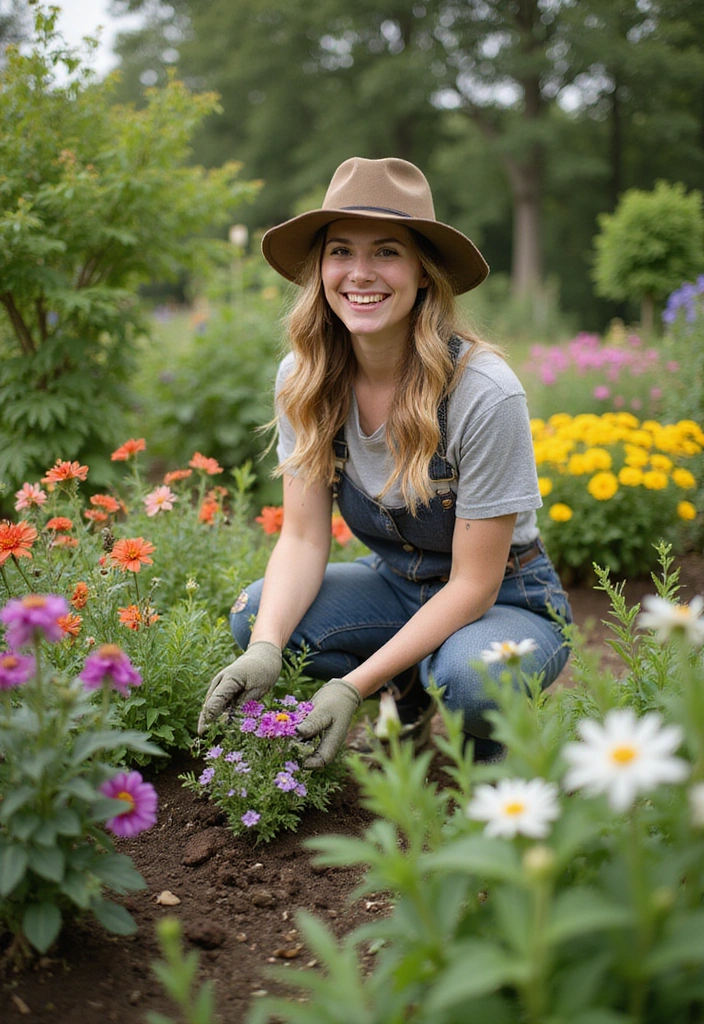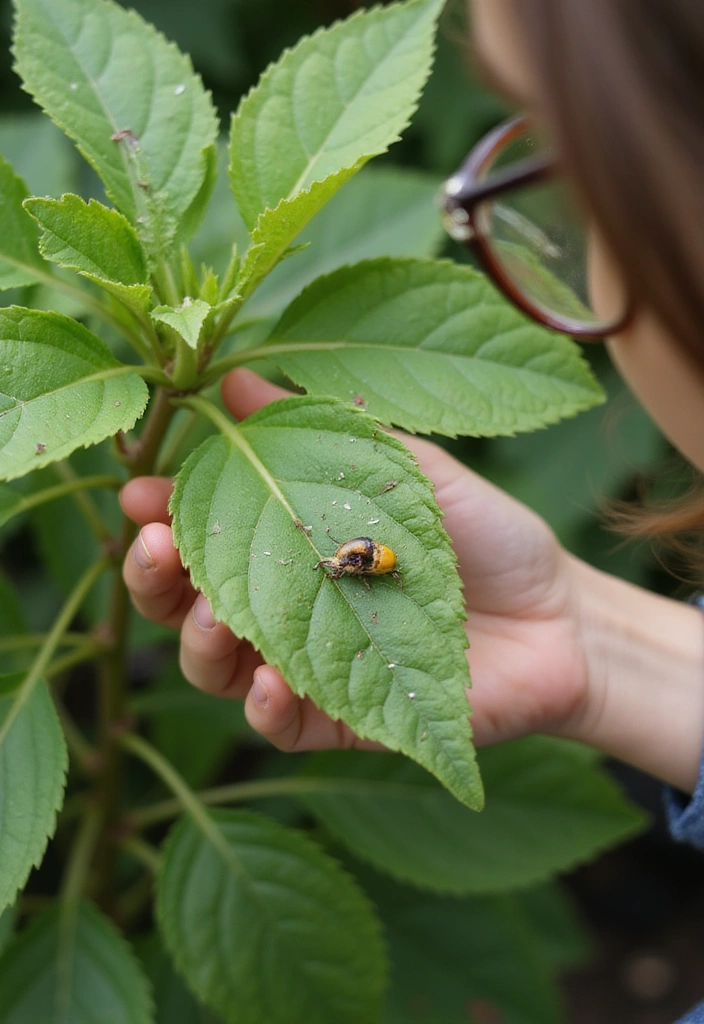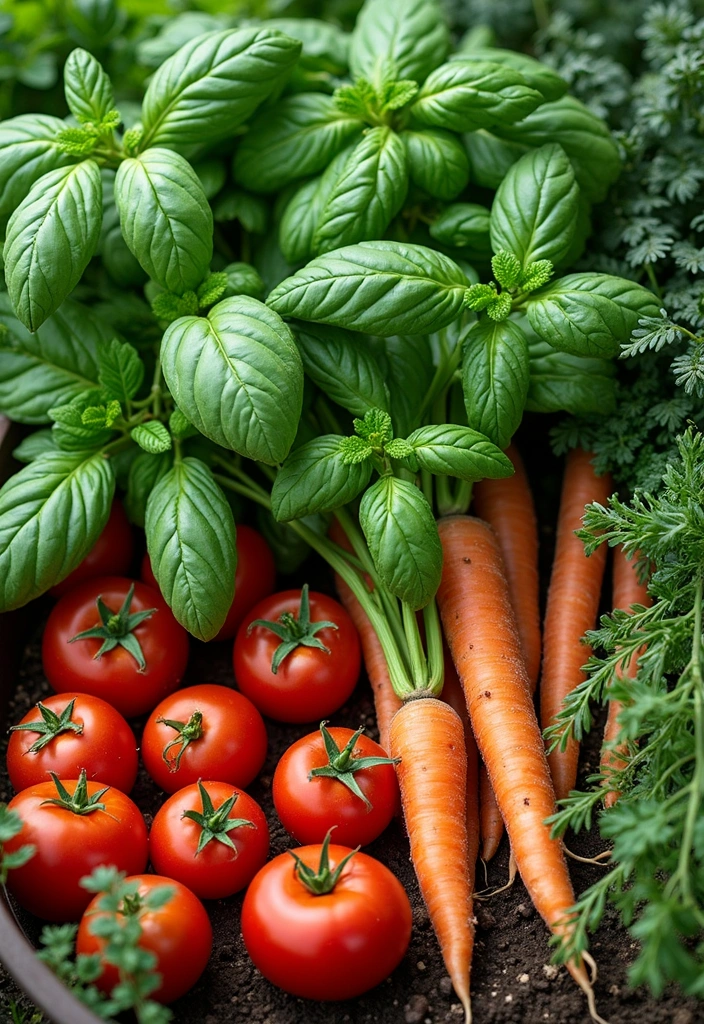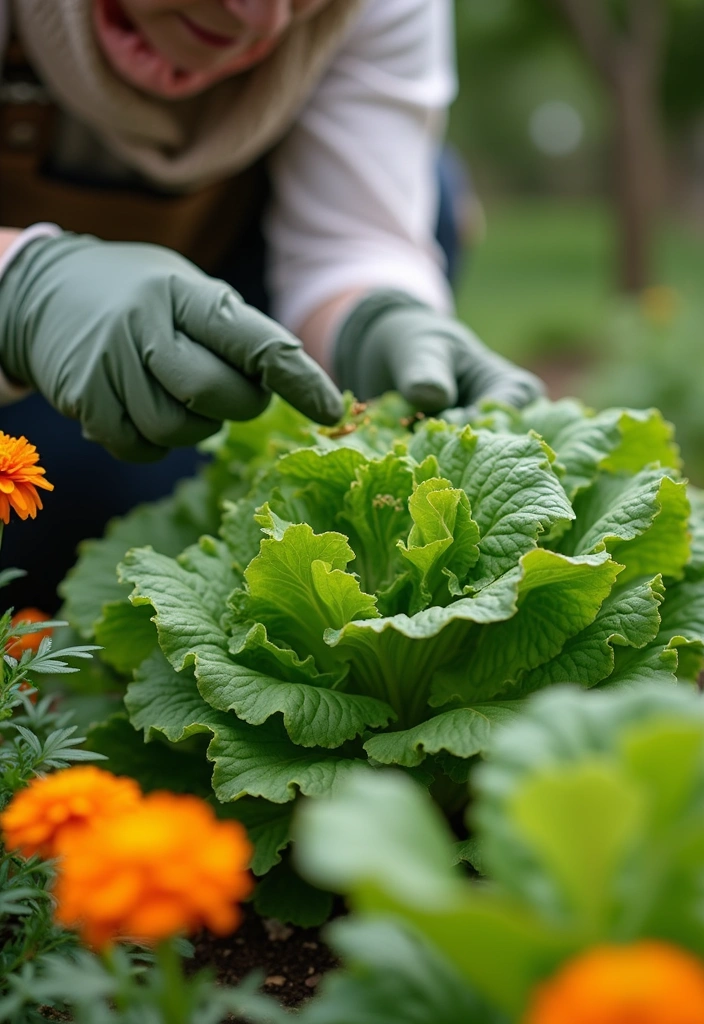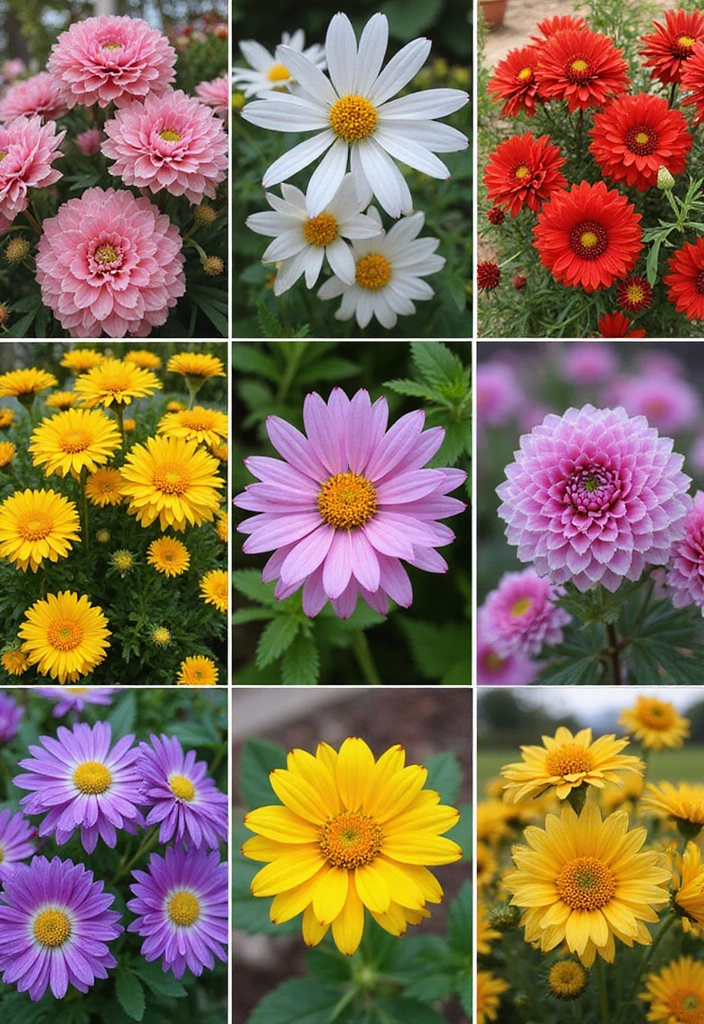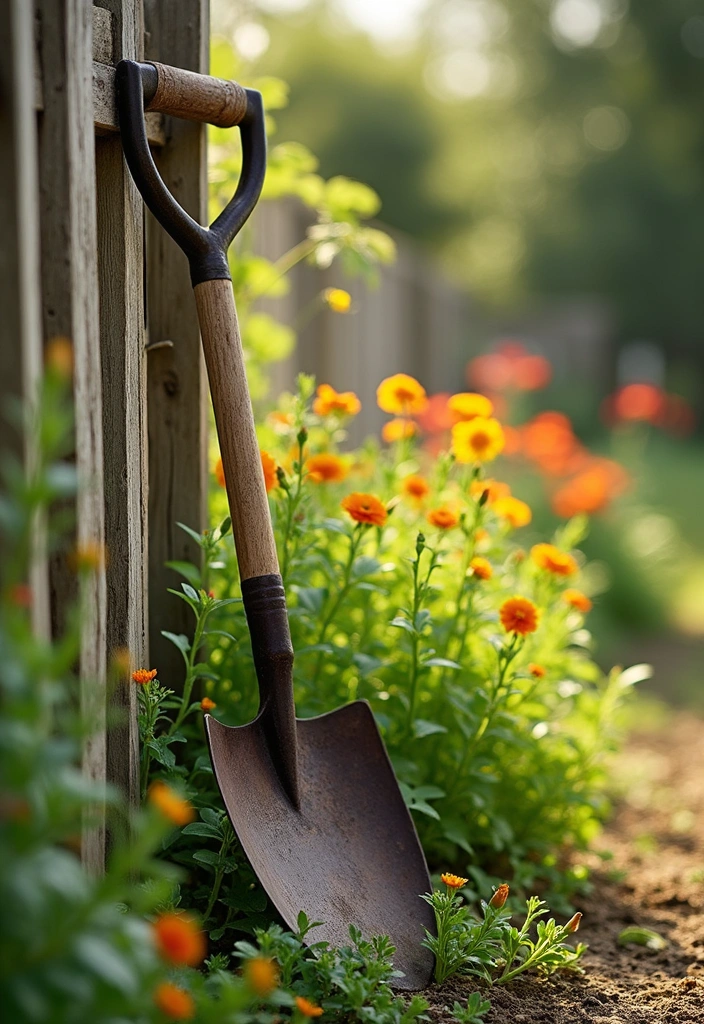Dream of fresh produce? Discover 10 easy vegetable gardening hacks that will transform your backyard into a food paradise effortlessly. Grow more, stress less, and enjoy abundant harvests!
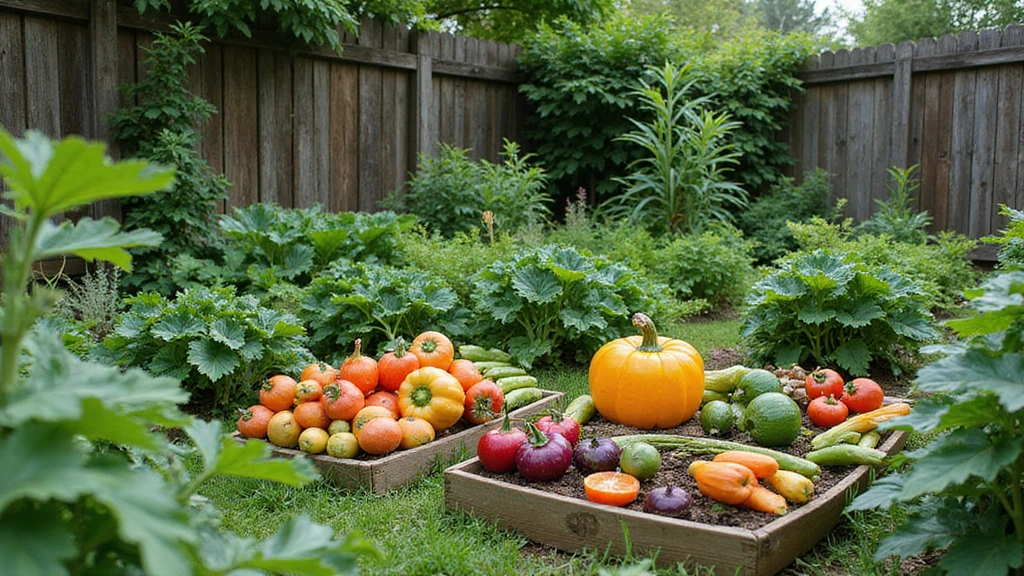
If you’re dreaming of a backyard bursting with fresh vegetables, you’re not alone. Vegetable gardening is not only rewarding; it’s also a great way to enjoy healthy, homegrown produce right at your fingertips. With a few clever hacks, you can turn your outdoor space into a lush food paradise without breaking a sweat.
From maximizing small spaces to using creative materials for better growth, these tips will help you grow delicious veggies with little effort. Let’s explore some easy tricks that will have you harvesting in no time and make your gardening venture a delightful experience!
1. Start with Companion Planting
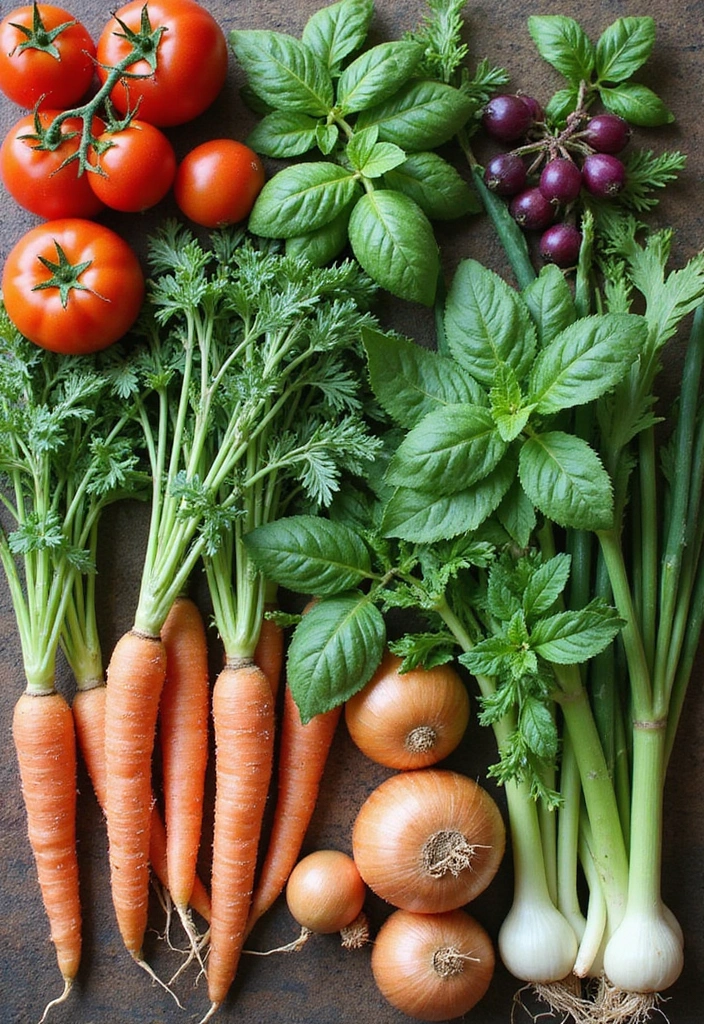
Companion planting is a fantastic way to boost your vegetable garden’s productivity. Certain plants can benefit from growing next to each other, enhancing growth and warding off pests. For example, basil thrives next to tomatoes, not just flavor-wise, but it also helps repel flies and tomato hornworms.
– Basil & Tomatoes: Basil can enhance the flavor of tomatoes while keeping pests away.
– Carrots & Onions: They deter each other’s pests.
– Cucumbers & Beans: Beans provide nitrogen to the soil while cucumbers climb up them.
Creating a garden layout with these relationships in mind can lead to a more fruitful harvest.
2. Utilize Vertical Space
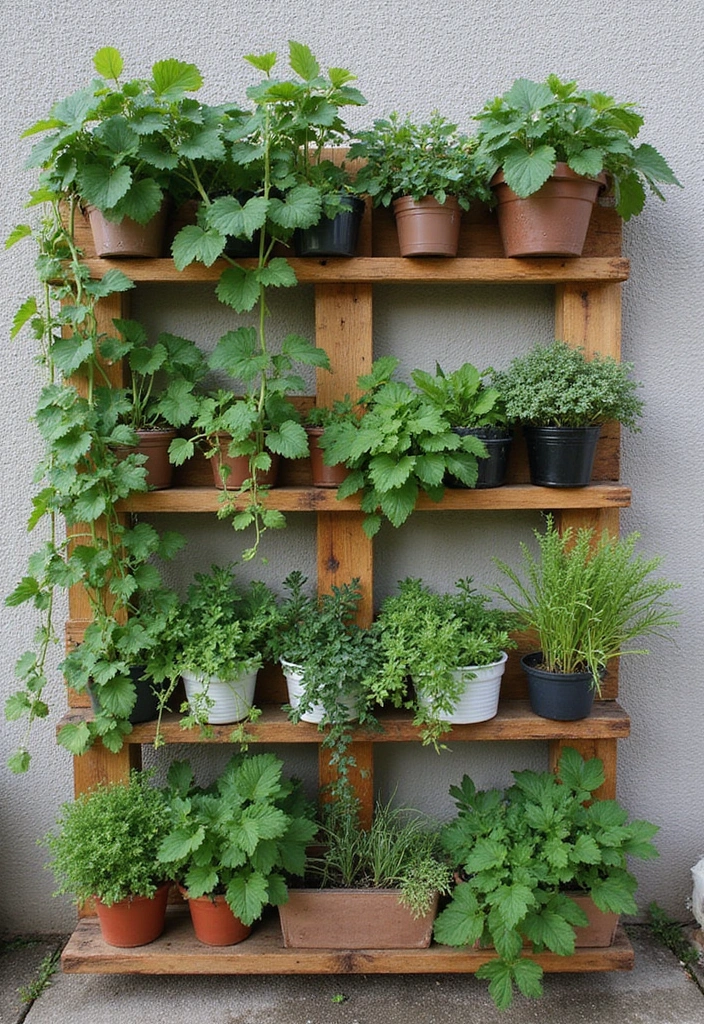
If you’re short on ground space or want to add a little flair, vertical gardening is your friend. Use trellises, wall-mounted planters, or even repurposed pallets to create a vertical garden. This method not only saves space but also improves air circulation and light exposure for your plants.
– Trellises for Climbing Plants: Invest in a sturdy trellis for peas or cucumbers.
– Hanging Baskets: Perfect for strawberries or herbs, they make a great addition to patios.
– Repurposed Materials: Old pallets can be converted into a unique vertical garden.
Your backyard can become a stunning vertical oasis, saving space while looking fantastic.
3. Use Raised Beds for Better Control
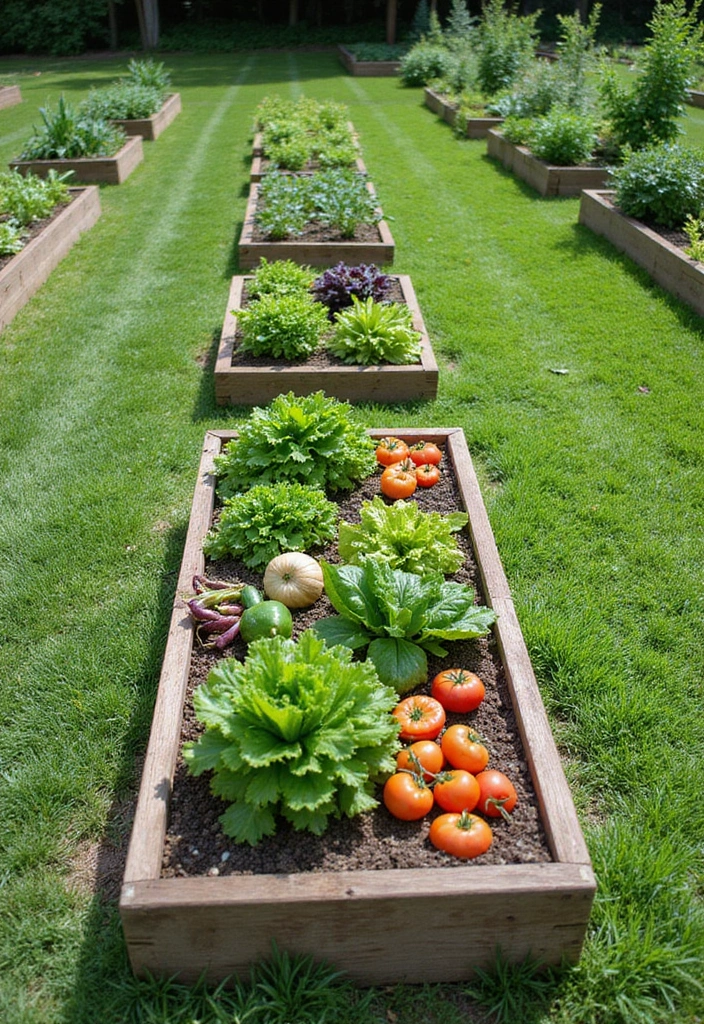
Raised garden beds offer better soil control, drainage, and ease of access, making them a top choice for many gardeners. By raising the soil level, you can reduce the risk of soil compaction, improve drainage, and enjoy a longer growing season. Plus, they can be built to fit any style or space!
– Custom Soil Mix: Fill them with a mix of good-quality soil, compost, and organic matter.
– Bigger Yield: Plant more densely than in traditional gardens.
– Easier Weeding: Less bending means your back will thank you!
Creating raised beds can turn a mundane plot into a flourishing vegetable garden.
4. Implement Mulching for Moisture Retention

Mulching is a simple yet effective way to retain soil moisture, suppress weeds, and enrich the soil as it breaks down. You can use organic materials like straw, wood chips, or grass clippings. Not only does it enhance the soil texture over time, but it also keeps your plants healthy.
– Weed Control: A thick layer of mulch can prevent weeds from growing.
– Moisture Preservation: It keeps the soil cool during hot weather.
– Nutrient Boost: As organic mulch decomposes, it adds nutrients to the soil.
Incorporate mulching into your gardening routine for improved results.
5. Use Greywater for Irrigation
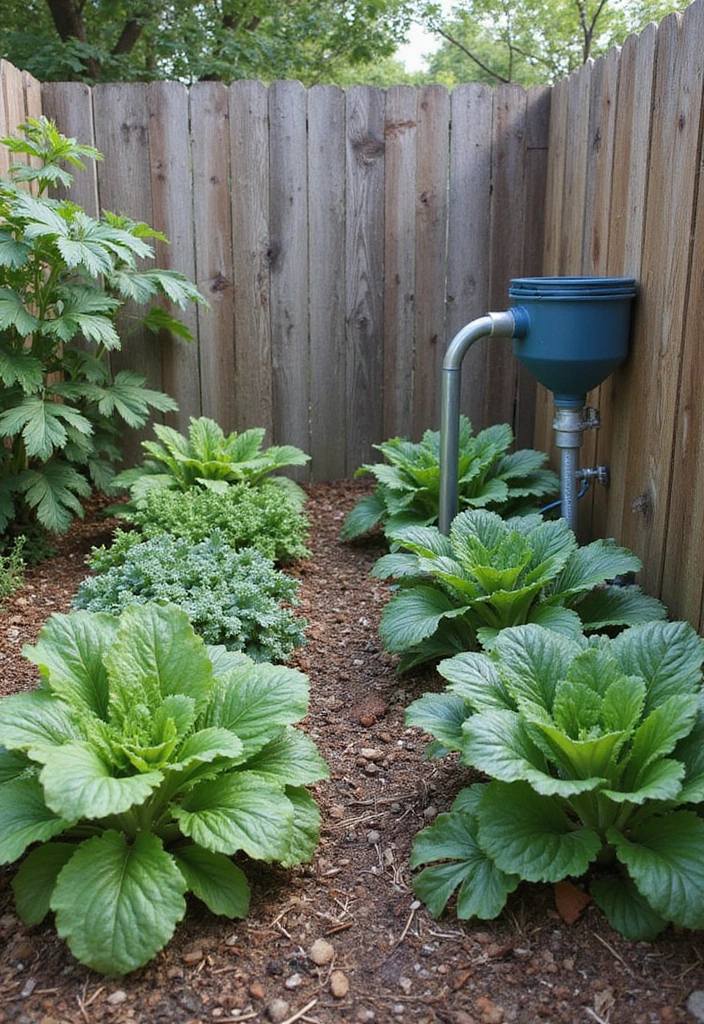
Saving water is essential, and using greywater for your vegetable garden can reduce your water bill while keeping your plants hydrated. Greywater is water from sinks, baths, and washing machines (but avoid water with harsh chemicals). Just make sure to check local regulations before you start.
– Collection System: Set up a simple bucket collection system or a more complex greywater diversion system.
– Watering Schedule: Use greywater wisely to supplement regular watering.
– Plants to Avoid: Be cautious about using greywater on root vegetables or edible greens.
This eco-friendly hack can help you maintain a vibrant garden without stressing our water resources.
6. Rotate Crops for Healthier Soil

Crop rotation is an age-old practice that keeps your soil healthy and prevents the buildup of pests and diseases. By rotating your vegetables each year, you can improve soil structure and nutrient levels. It’s essential for farmers and home gardeners alike.
– Nutrient Management: Different plants need different nutrients; rotating them helps replenish those that deplete the soil.
– Pest Prevention: Many pests are plant-specific, so changing your crop will confuse them.
– Healthy Soil: The varied root structures improve soil health overall.
Implementing a simple crop rotation plan can greatly enhance your garden’s productivity.
7. Start Your Seeds Indoors

Kickstart your growing season by starting seeds indoors. This method allows you to get a jump on planting, especially in cooler climates. With the right lighting and care, you can ensure that your seedlings are strong and ready to thrive outside.
– Seed Trays: Use biodegradable seed trays or recycled containers to start your seeds.
– Proper Lighting: Invest in grow lights if natural light is insufficient.
– Hardening Off: Gradually acclimate your seedlings to outdoor conditions before planting them in your garden.
Starting seeds indoors can lead to an earlier harvest and a more fruitful garden.
8. Create a DIY Compost Bin
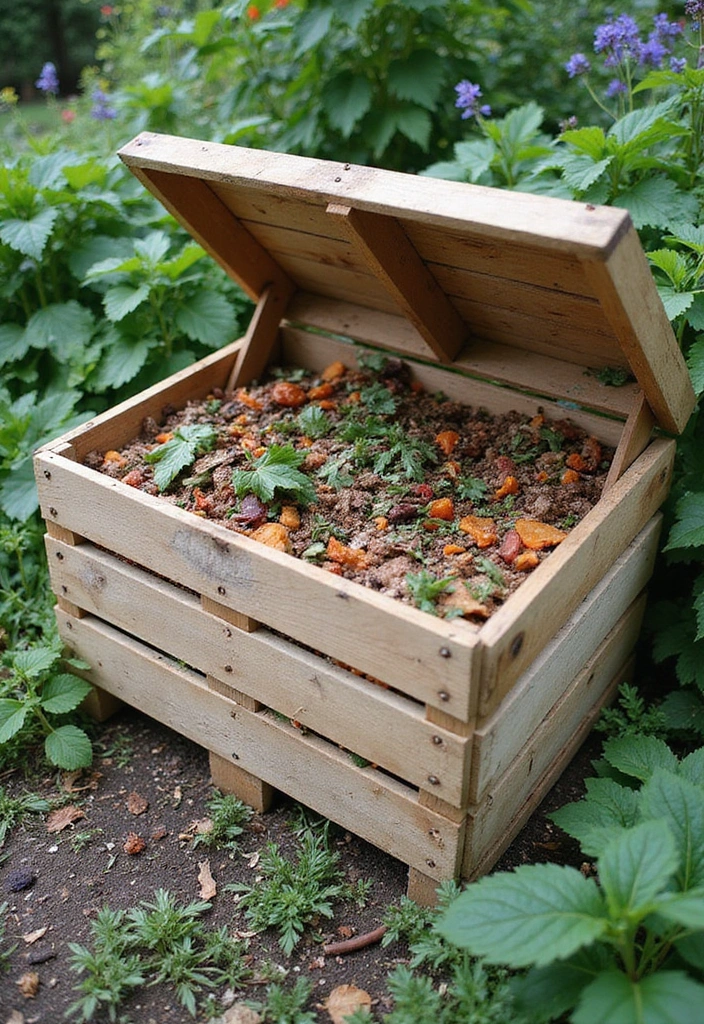
Composting is a fantastic way to recycle kitchen scraps and yard waste while creating nutrient-rich soil for your vegetable garden. A simple DIY compost bin can be made using pallets or even a trash can. This is a win-win for your garden and the environment!
– Compost Materials: Include green materials (fruits, vegetables) and brown materials (dry leaves, cardboard) for a balanced mix.
– Aeration: Turn your compost regularly to introduce oxygen and speed up decomposition.
– Moisture Balance: Keep it damp but not soggy for optimal breakdown.
Creating a compost bin will enrich your soil and cut down on waste.
9. Use Natural Pest Deterrents
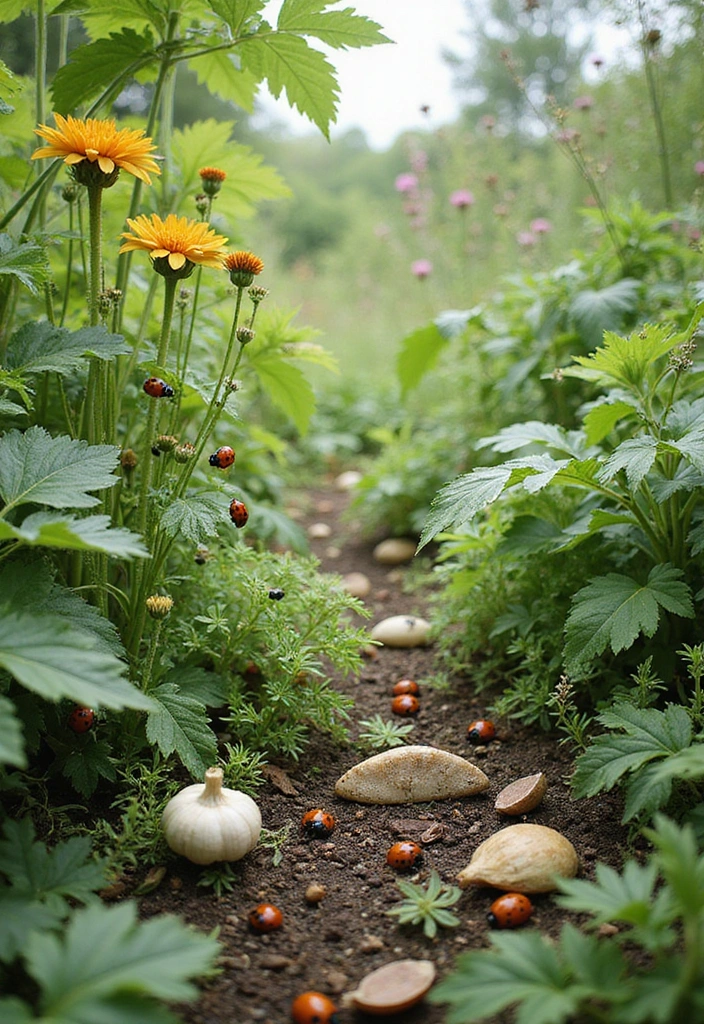
Instead of reaching for chemical pesticides, consider using natural pest deterrents to keep your vegetable garden healthy. Essential oils, garlic sprays, and even companion planting can deter unwanted insects without harming the environment.
– Garlic Spray: Blend garlic with water and spray on plants to repel pests.
– Neem Oil: This natural oil disrupts pest life cycles; use it as a spray.
– Beneficial Insects: Introduce ladybugs and lacewings to help control pest populations.
Implementing these natural solutions can create a thriving ecosystem in your garden.
10. Embrace Perennial Vegetables
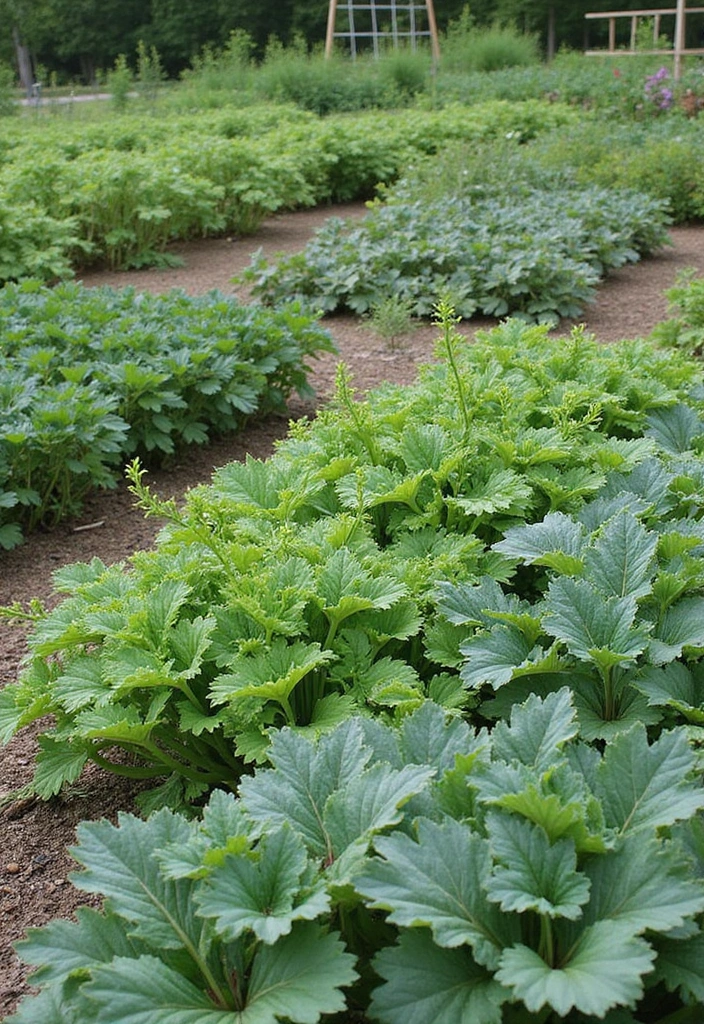
Perennial vegetables are the gift that keeps on giving! Unlike annuals, these plants will come back year after year with minimal effort. Examples include asparagus, rhubarb, and artichokes. They can fill your garden with bounty without the need to replant every season.
– Less Work: Save time by planting once and enjoying for years.
– Soil Health: Perennials often have deep roots that improve soil structure.
– Year-Round Interest: These plants can provide visual and edible interest throughout the seasons.
Embracing perennials can significantly simplify your gardening routine while keeping your harvests abundant.
Here Are Final Words

With these ten easy vegetable gardening hacks, your backyard can blossom into a delicious and productive food paradise. Each tip offers a unique way to enhance your gardening experience while keeping it simple and enjoyable.
Dive into these ideas and experiment with what works best for your space. Here’s to a bountiful harvest full of homegrown goodness!
